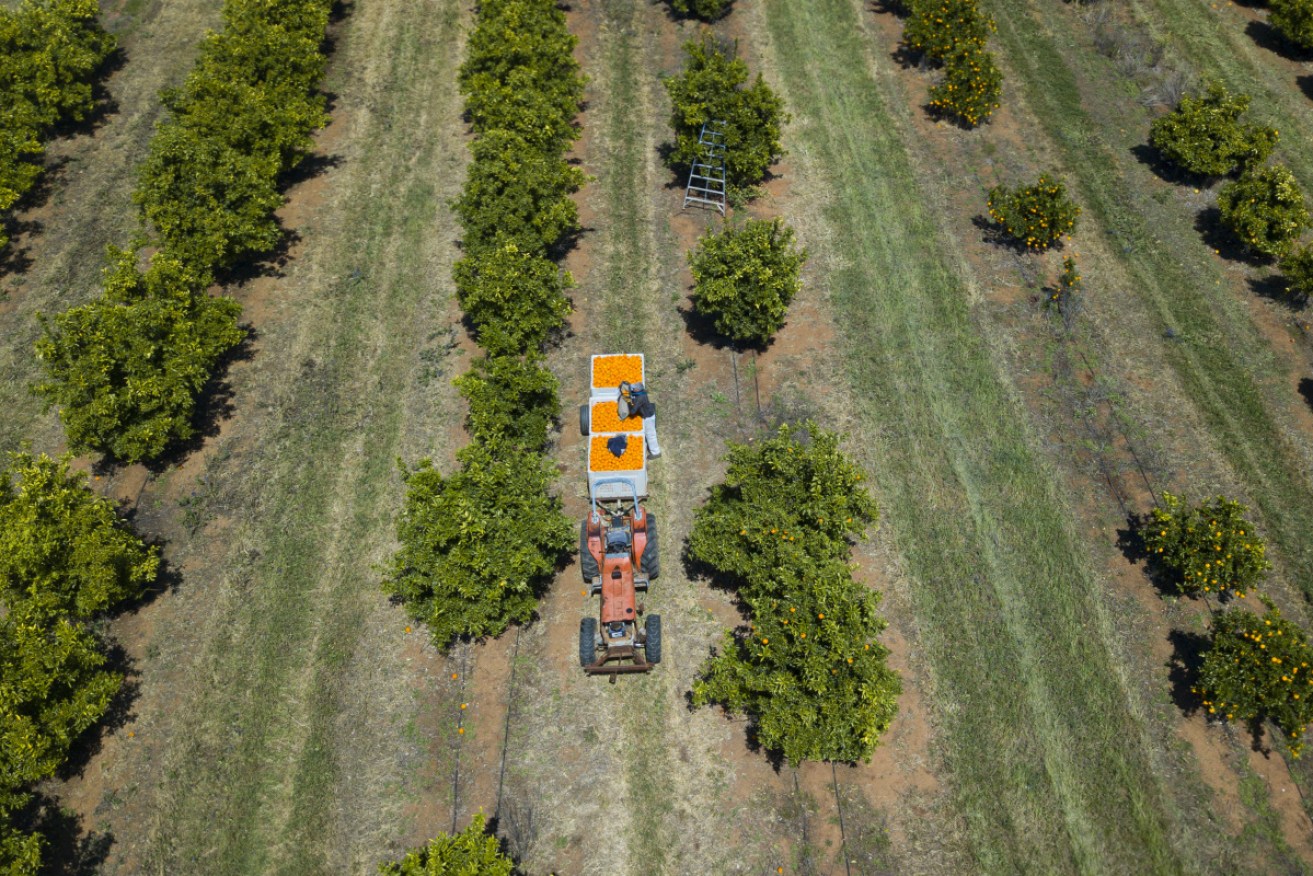Michael Pascoe: Billions in drought aid raise questions of fairness


PFAS chemicals have been found in biosolids - leftovers from treatment plants reused as fertiliser. Photo: AAP
It’s great to know Australian farmers are on track to reap their second-biggest ever harvest after the tough drought years – and all without having to make much of a dint in their farm management deposits.
For all the usual hyperbolic reporting of the drought – and it was a severe one with dreadful consequences for some rural communities and farmers – the useful FMD measure of agricultural wealth indicates it wasn’t nearly as bad for the industry as concerned-looking politicians handing out money might have painted it.
The national FMD total at the end of the September quarter stood at $5.396 billion. That was down 6.1 per cent from the same period last year, but 2019’s was the highest FMD had been in a September quarter.
Of course, the drought was not evenly distributed geographically.
New South Wales suffered the most with FMD down $188 million (14 per cent) to $1.151 billion from September 2019 and $281 million (19.6 per cent) below the September 2018 peak of $1.432 billion.
On the same basis, Queensland FMD fell just $28 million to $1.2 billion (2.3 per cent) and South Australia FMD lost $52 million at $896 million (5.5 per cent).
Western Australian FMD dropped $194 million – 21 per cent – to $721 million, but FMD there had jumped 22 per cent from 2018 to 2019. The 2020 September quarter total was more in line with the 2018 and 2017 periods.
And Victoria literally made hay while the sun shone and water was available. FMD there rose 9.2 per cent to $1.325 billion over the year to September 30.
The FMD scheme is supposed to help primary producers manage the wild swings of good, bad and indifferent seasons by allowing them to claim a tax deduction for depositing funds in good times in an FMD account.
In less profitable or tough times, they are supposed to withdraw cash from the FMD, whereupon tax becomes payable on it as income.
Aside from wisely building reserves in the good seasons, a well-managed agricultural business is able to reduce its tax bill when the money is rolling in and subsequently access it when the business is reporting a loss.
FMD deposits ebb and flow as much with the tax year as the seasons. Even in the worst of the drought, FMD grew from the March quarter to the June quarter.
NSW farmers somehow found $379 million to top up their FMD from the March to the June quarter in 2018, $258 million last year and $105 million from the latest June to September.
FMD should have played an important role in providing the cash for farmers to plant this year’s very fine crop – but that so much money remains in these very tax-effective accounts raises questions about the extent of government assistance for one particular type of enterprise.
Aside from the copious emergency measures and assistance for individual farmers, a $5 billion Future Drought Fund was the centrepiece of Scott Morrison’s 2018 drought summit.
As this year’s crop comes in, the FMD total can be expected to more than recover from last year’s drawdowns.
Meanwhile, the best offer for all other Australian enterprises battling the ’rona recession has been the ability to average out last year’s tax with this year’s if the business is making a loss.
It’s a one-off in extraordinary times, while the FMD scheme is a constant opportunity for one particular type of business.








